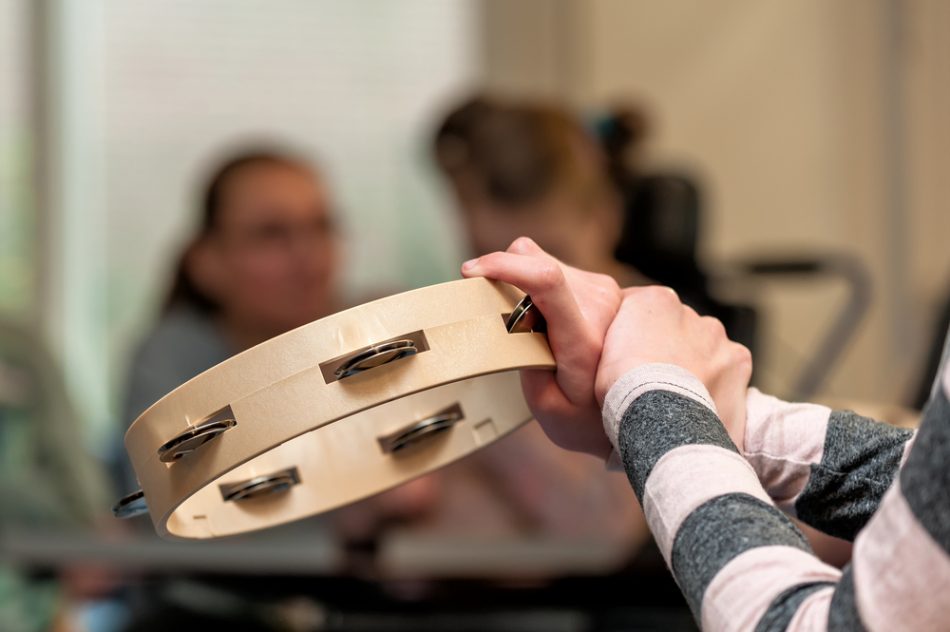Music is a powerful tool. It can manipulate our emotions, stir up memories, and even transform our mood. The healing power of music has been talked about as far back as Aristotle and Pythagoras, but now, formal medical research is finding validated connections between music and physical and emotional health.
At Mount Sinai, Andrew Rossetti, a licensed music therapist and researcher, uses music and visualization to promote healing with a variety of patients. According to Rossetti, it helps reduce anxiety, overcome phobias, and improve surgical outcomes. One patient, who was at Ground Zero during 9/11, uses music to soothe herself and overcome the trauma associated with the event that comes up when a thermoplastic restraining device is placed over her chest during radiation.
In hospitals without an in-house music therapist, doctors use pre-recorded programs and headphones to achieve similar results. Joanne Loewy, the founding director of Mount Sinai’s Beth Israel Louis Armstrong Center for Music & Medicine told NYT, “We modify what we play according to the patient’s breath and heart rate. Our goal is to anchor the person, to keep their mind connected to the body as they go through these challenging treatments.”
Dr. Loewy uses instruments like the Gato Box to mimic the whooshing sounds in the womb to help premature babies and their parents relax in neonatal intensive care units.
A study from McGill University confirms these narratives. This review of 400 research papers found that “listening to music was more effective than prescription drugs in reducing anxiety prior to surgery.”
To anyone who has ever listened to music and felt instantly relaxed or content, these healing powers of melody are probably not surprising. So far, music therapy has been used for healing therapy for patients with asthma, autism, depression, Parkinson’s disease, Alzheimer’s disease, epilepsy, and stroke. The growing body of research around the healing benefits of music means we will likely see (and hear!) more musicians and recorded tunes in hospitals in the near future.











